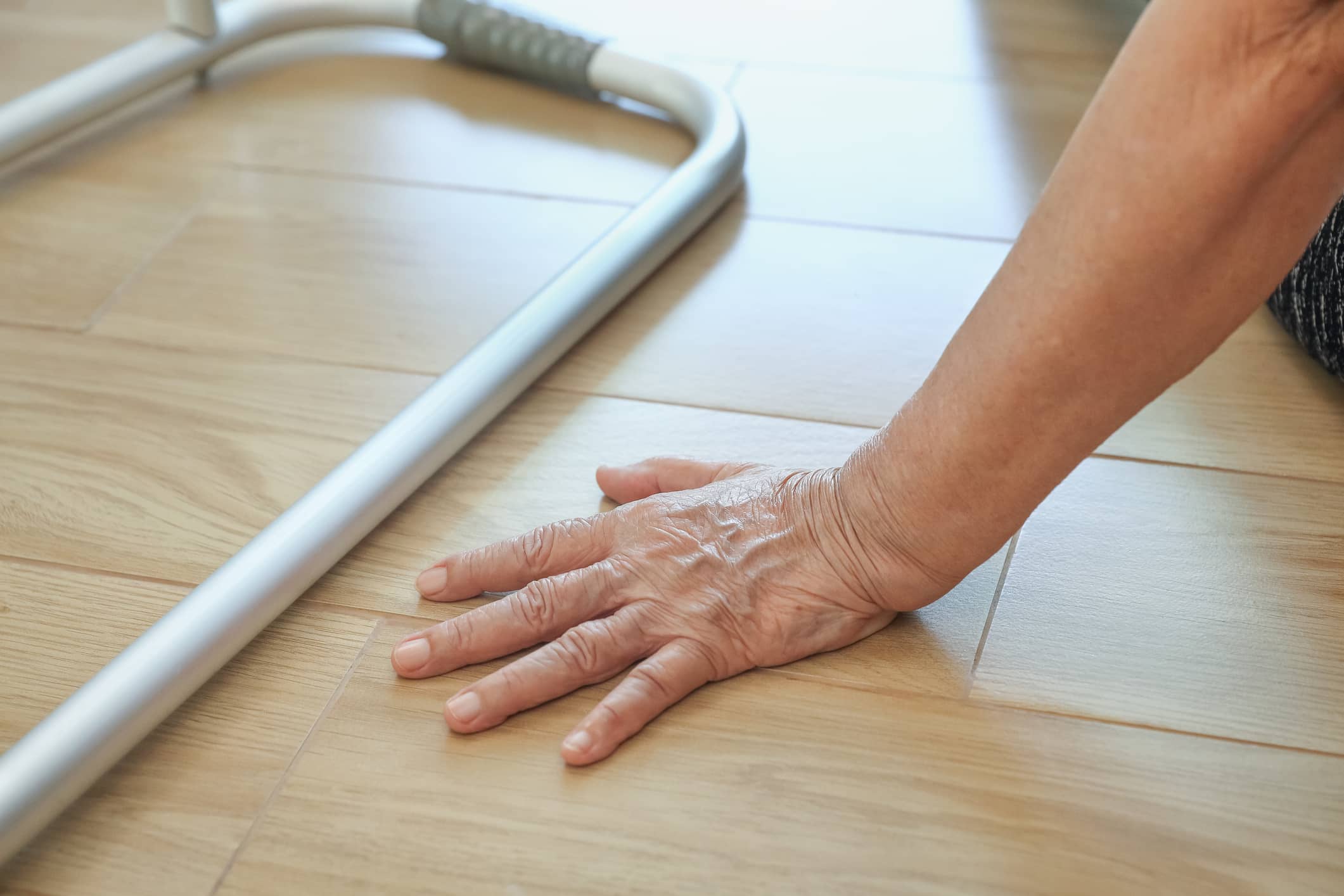
Comprehensive Strategies Shown to Reduce Patient Falls
Between 700,000 and 1 million patient falls occur annually in U.S. hospitals. These numbers represent a costly problem that can be devastating for patients and expensive for the healthcare system. And research suggests that at least one-third of these cases might be prevented.
Reducing the number of patient falls has not been an easy goal to accomplish, but The Joint Commission Center for Transforming Healthcare’s Preventing Falls with Injury Project recently reported that it has made significant inroads. The seven hospitals and health systems that participated in the project were able to reduce the number of patients who fell by 35 percent. They also reduced the number of patients injured in a fall by 62 percent--surpassing the goal of a 50 percent reduction.
What they did: all of the hospitals used the Robust Improvement Process, a methodology that incorporates concepts from Lean and Six Sigma. Teams from the participating organizations examined their patient data in detail, determined the top contributing factors for falls and then implemented strategies to address them.

Amy Fritz reported that the seven organizations participating in the Preventing Falls with Injury Project made significant progress.
According to Amy Fritz, the lead for the Preventing Falls with Injury Project, the successful interventions will be added to the Center’s Targeted Solutions Tool by early 2015.
What was the key to success for these hospitals? A comprehensive strategy that incorporated participation from every level of the organization, and from patients and their families. Reducing the number of patient falls--and the number of injuries related to falls--must also be an ongoing effort.
Anatomy of a patient fall
Just about any patient can fall, for various reasons. Some are physically unable to move about safely on their own, while there may be cognitive factors at work in other situations. There are also people who confidently believe they will never fall.
“They overestimate their abilities,” said Fritz.
“They don’t think they’re going to fall, so that’s really the first barrier,” agreed Cathie Limbaugh, RN, an oncology staff nurse who served as the lead for the project at Barnes-Jewish Hospital, which piloted the project on a 38-bed oncology unit with a 53-member nursing staff.
Further complicating the matter is the reality that one patient’s risk can even fluctuate during their stay, depending on their situation, condition and medication, said Margaret Gagne, RN, nursing administration project manager at Wentworth-Douglass Hospital. “I call this the patient wild card,” she said.
Educating and preparing the staff about interventions is critical, of course, but a team-based approach to fall-reduction must also include patients and their families. That means that hospitals have to determine the most effective ways to educate them about falls risks, beginning right at admission. Nurses can begin by explaining that falls are a serious problem, but certain steps can be taken to reduce the person’s risk of falling and being injured in a fall.
Limbaugh noted that being very frank with patients and their family members and laying out the risks of falling in very clear terms can be very productive.
“Changing the way that we have that conversation, I think, is very helpful,” she said. “If you say something like ‘You have a very high risk for bleeding because of your blood count, and if you were to fall and break your hip, we could not take you to surgery because your risk for bleeding is too high’―that makes sense to them.”
Many of the participating organizations also developed a patient agreement form, Fritz said, to introduce patients to the patient safety culture, including the expectations for their role.
Not content to merely enjoy its success, Barnes-Jewish is continuing to develop and refine strategies for reducing falls. According to the hospital’s falls expert, Eileen Constatinou, RN, the hospital is considering putting color-coded signs in each patient’s room that identify the patient’s fall risk level and provide simple bullet points of information tailored for that situation. Since engagement from staff is often a major factor in the success of this type of initiative, the bedside nurses have been very involved in driving this process, she added.
Patient falls related to toileting
One of the bigger challenges in fall prevention that hospitals face is injuries related to falls while toileting.
In fact, after analyzing a lengthy list of patient safety challenges for healthcare organizations, the ECRI Institute recently listed patient falls while toileting as one of the top 10 concerns.
“We kept seeing report after report of it happening while trying to get to the bathroom,” said Jean Harpel, RN, risk management analyst for the ECRI Institute’s patient safety, risk and quality group.
It’s a tricky issue, too. Some patients do not realize or accept that they really do need help getting to the bathroom or using the toilet. Others do not want help, preferring to maintain a certain degree of modesty.
“A big question that came up--does safety trump privacy?” said Fritz, noting that many experts have concluded that if a patient is truly at high risk for falling, safety should come first. “But it’s not always easy to get the patient on board with that.”
It’s understandable that patients may not want someone else to help them use the restroom, said Limbaugh. But it’s an area where falls are very common, so nurses and other team members have to constantly weigh the risks and benefits. It’s an ongoing challenge for which her hospital, like many, is still trying to determine the best interventions.
One strategy recommended by ECRI is implementing a script for everyone to use when entering a patient’s room. Nurses and aides can offer to assist the patient in using the toilet, while other members of the hospital staff (i.e. housekeeping, maintenance, etc.) can offer to find the appropriate person to help the patient use the toilet. It can be incorporated into regular hourly rounds.
“If everybody is saying it, then the patient becomes used to it,” said Harpel, adding that proactive interventions may be able to ward off the likelihood of the patient either deflecting help or not asking for help when they really do need it.
Hospitals may also need to consider toileting issues when making staffing decisions, especially at night when some patients may be reluctant to ask for help with toileting for fear of “bothering” anyone.
“Consider not reducing the staff on hand that might be able to assist with toileting during those shifts,” said Karen Zimmer, MD, MPH, FAAP, medical director of ECRI Institute’s patient safety, risk, and quality group and of ECRI’s patient safety organization.
Participating organizations
The organizations that participated in The Joint Commission Center for Transforming Healthcare’s Preventing Falls with Injury Project:
• Barnes-Jewish Hospital, Missouri
• Baylor Health System, Texas
• Fairview Health Services, Minnesota
• Kaiser Permanente, California
• Memorial Herrmann Healthcare System, Texas
• Wake Forest Baptist Medical Center, North Carolina
• Wentworth-Douglass Hospital, New Hampshire
© 2014. AMN Healthcare, Inc. All Rights Reserved.


